|

September 2002 - Issue 15
Online Advocacy Mobilize Supporters to Take Action
By Vinay Bhagat, Founder and CEO, Convio
An advocacy group trying to achieve its mission today without the Internet is like a carpenter trying to build a house without a hammer. The Internet is an essential tool for advocacy-driven organizations because it enables near real-time mobilization of activists with high efficiency and impact. Online campaigns also can:
- Help publicize an organization and its mission
- Attract new constituents who are potential donors and volunteers
- Deepen involvement and strengthen loyalty among existing supporters
Following are tips for waging an effective, online advocacy program and integrating it with other activities for successful Constituent Relationship Management (CRM).
Tip One: Recruit potential activists through all channels. In all direct mail response forms, solicit email addresses, zip codes and permission to communicate. At events, use sign-up sheets to collect the same information. Encourage Web site visitors to register online by offering special content and email updates for "registered users only."
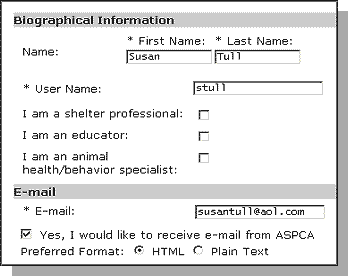
Figure 1: Obtain email addresses and
permission to communicate ASPCA example
At registration or later, survey registrants about their interests for future targeting with relevant updates and action alerts.
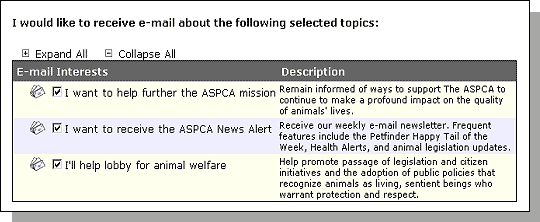
Figure 2: Ask registrants about interests,
then personalize Web content and emails
Identify other constituents (e.g., donors, volunteers) who currently are not activists, and promote advocacy through email and Web site interactions. A donor or volunteer is a good target for also being an activist because he already is interested and involved. Donors often want to provide support beyond a monetary contribution and will take action. Planned Parenthood Federation of America found that non-activist donors and donor prospects (e-subscribers/registered users for its online Member Center) responded at a 15-20 percent higher rate to an advocacy appeal than current, non-donor activists. Donor alienation (measured by unsubscribe rates) was close to zero. Bear in mind that effective cross-marketing requires a centralized constituent marketing database or integration between systems if data about different types of constituents are stored separately.
Tip Two: Cultivate activists with engaging content. Regularly, provide relevant information. For example, send an email with a link encouraging potential activists to visit your Web site to view "score cards" showing how lawmakers voted on key issues. Make it easy for site visitors to look up their legislators' records by featuring searchable databases. Send registrants email updates about significant votes or developments on important issues. Build community by inviting potential activists to participate in message boards, sign online petitions and post personal stories about their interest in the cause.
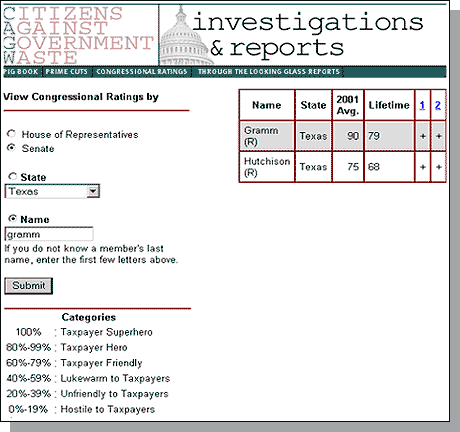
Figure 3: Convert constituents to activists with relevant
content, e.g., their lawmakers positions on key issues
Citizens Against Government Waste example
Tip Three: Mobilize activists through email. Send email action alerts to quickly and cost-effectively reach supporters. Subject lines should be short, convey urgency and have a call-to-action so recipients immediately open the email. Personalize content with each recipient's name and note that he is receiving this email because he previously indicated interest. The email should be brief while providing enough background to trigger action. Include a clear call-to-action with easy-to-follow, next steps. For example, include a link that says, "Click here to let your lawmakers know how you feel." The link should take activists to your Web site for additional information and instructions.
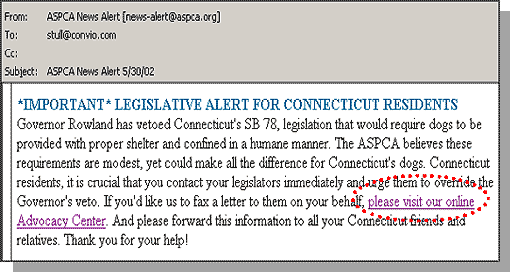
Figure 4: Use email alerts to get activists to your
Web site for information and taking action
Tip Four: Enable easy and effective online action. Enable your Web site to recognize returning visitors and automatically look up their elected officials, based on zip code information they provided at registration. Post a letter that activists can customize and email, fax, print/sign and send to lawmakers. Also offer an automated response option where an activist simply hits a "reply" button to have the Web site indicate his viewpoint to appropriate legislators. Encourage activists to communicate their views through multiple channels such as input forms on Congressmen's own Web sites. Remind activists to also communicate through their personal email accounts and fax.
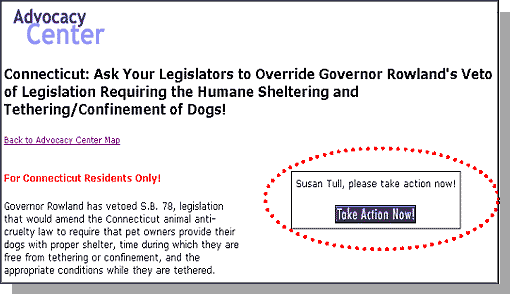
Figure 5: Make taking action as easy as a few clicks
Tip Five: Encourage viral marketing. Ask activists to recruit additional activists after they take action. When acknowledging an action, prompt the activist to provide friends' email addresses for notification about the issue. Configure the Web site to automatically forward the action alert with a pre-scripted or customized note from the referring friend. Also provide e-postcards with the call-to-action and a URL for taking action so activists have another method for spreading the word.

Figure 6: Leverage activists to recruit
like-minded friends and relatives
Tip Six: Build loyalty through ongoing, personalized communications. Nurture relationships to retain activists. Whenever an activist returns to your Web site, personalize his experience, for example, by updating him on legislative issues he has supported and new issues relevant to his interests. Reach out through personalized emails when developments warrant an update.
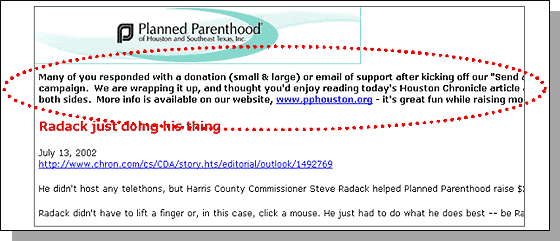
Figure 7: Use personalized email and Web content
to keep activists informed, involved and loyal
Tip Seven: Integrate with other functions to pursue cross-marketing opportunities and ensure coherent communications. So often, advocacy lists are not shared with other functions, e.g., development, volunteer recruitment. Non-donor advocates are strong donor prospects and the risk of alienation from a well-crafted solicitation is small. Target non-donor advocates with appropriately tailored promotions that encourage them to deepen their support through a financial contribution or by volunteering time. Invest in a common technology platform across the organization so all departments can easily share and use constituent information.

Figure 8: Cross-market solicit activists for
financial support and donors for activism
--------------------------------------------------------------------------------------------------------------------------------------
This article also appears as an ePhilanthropy Foundation Quick Tip Guide on online advocacy.

--------------------------------------------------------------------------------------------------------------------------------------
|